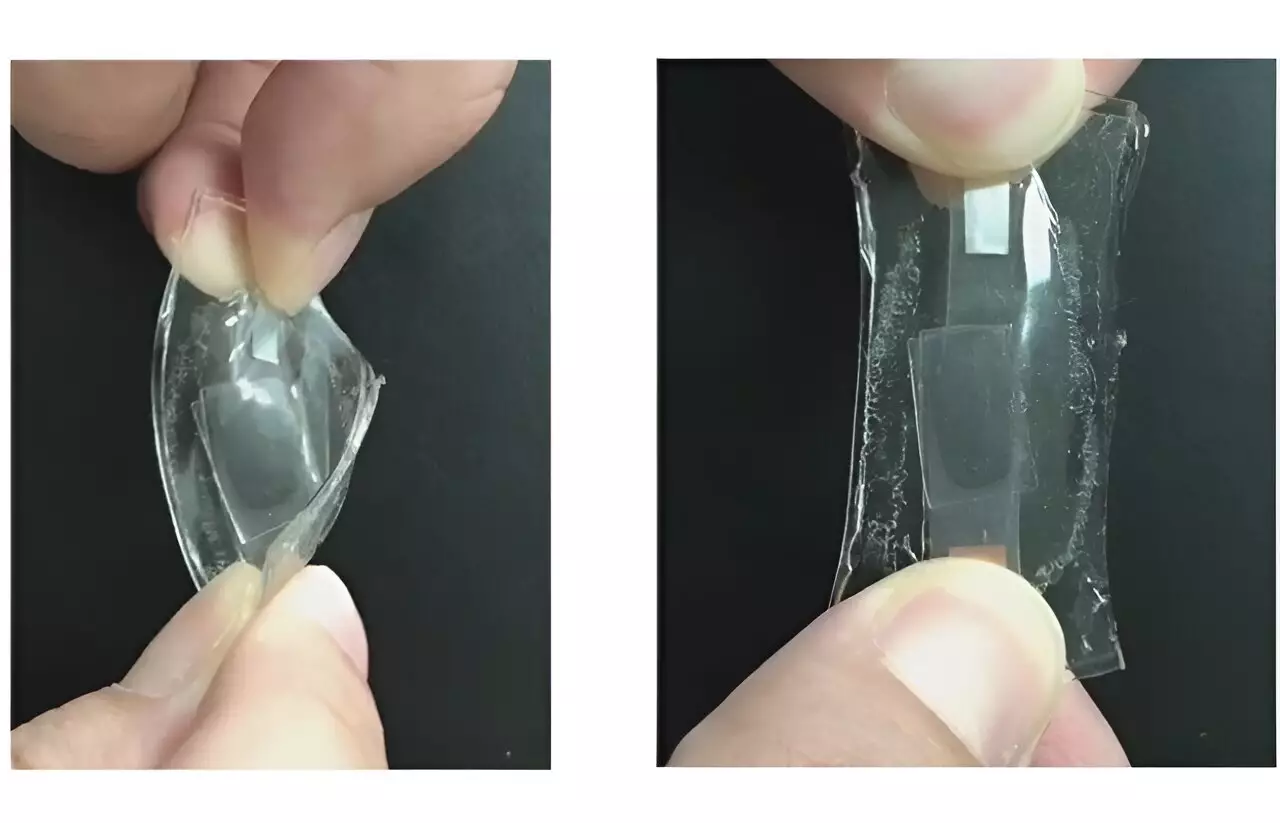When we think of batteries, we often imagine rigid structures that power our devices. However, with the rise of flexible electronics, such as wearable health monitors, the need for stretchy batteries has become increasingly important. In a recent study published in ACS Energy Letters, researchers introduced a lithium-ion battery with entirely stretchable components, including an electrolyte layer that can expand by an impressive 5,000%. This breakthrough paves the way for the development of truly malleable batteries that can keep up with the demands of modern technology.
Creating batteries that can bend and stretch without losing their functionality has been a significant challenge for researchers. While previous attempts involved using woven conductive fabric or folding rigid components into expandable shapes, these solutions often fell short in terms of elasticity and energy storage capacity. The key to a truly stretchy battery lies in making every component elastic, including the electrodes and the electrolyte layer that balances the charge.
To address the shortcomings of existing stretchy battery prototypes, Wen-Yong Lai and his team took a different approach. Instead of using a liquid electrolyte, they incorporated the electrolyte into a polymer layer sandwiched between two flexible electrode films. This design resulted in a solid, rubbery battery that could stretch up to 5,000% of its original length while still maintaining the ability to transport lithium ions effectively.
The process of creating the fully elastic battery involved spreading a thin film of conductive paste containing silver nanowires, carbon black, and lithium-based cathode or anode materials onto a plate. A layer of polydimethylsiloxane, a flexible material commonly found in contact lenses, was then applied on top of the paste. By adding a lithium salt, a highly conductive liquid, and other ingredients for a stretchy polymer, the researchers were able to create a solid, stretchy layer. The stack was completed by adding another electrode film and sealing the entire device in a protective coating.
When comparing the solid stretchy battery design to a similar device with a traditional liquid electrolyte, the new version exhibited a six times higher average charge capacity at a fast-charging rate. Additionally, the solid battery maintained a more stable capacity over 67 charging and discharging cycles. Other prototypes with solid electrodes showed even greater durability, with the polymer electrolyte remaining operational over 1,000 cycles, only experiencing a 1% capacity drop in the first 30 cycles.
While there are still improvements to be made, the development of fully stretchable, solid batteries represents a significant step forward for wearable and implantable devices. By creating batteries that can flex and move with the body, researchers are opening up new possibilities for the future of flexible electronics. As technology continues to advance, the demand for stretchy batteries will only grow, and innovations like this one will play a crucial role in meeting those needs.


Leave a Reply